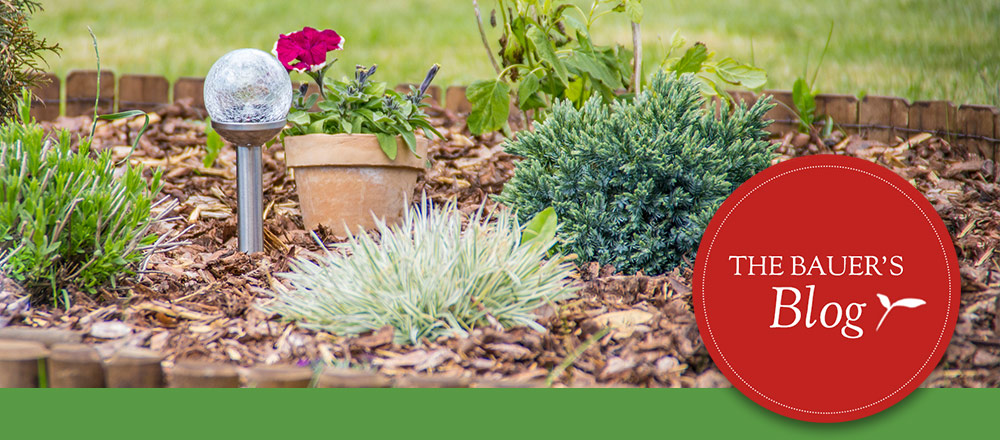“There is no sincerer love than the love of food.”
– George Bernard Shaw
We were reminded by our parents to eat our vegetables and, in turn, we often find ourselves encouraging our own families to eat up these colorful, tasty, and undeniably nutritious plants. Vegetables are an amazing source for many of the vitamins and nutrients that keep us strong and healthy. Unfortunately, for many of us, vegetables turn into a love/hate affair. We adore their fresh flavor and delightful colors sometimes, but can get bored of the same broccoli, peas, and carrots when it comes to dinner time. To keep things exciting in the kitchen and at the dinner table, we’re constantly looking for new flavors to dazzle us! One vegetable that’s been making quite a buzz recently is kohlrabi.
What’s a Kohlrabi?
For those unfamiliar with this vegetable, even the name can be a daunting mouthful! “Kohlrabi” is a German name that means “cabbage turnip,” which is just the beginning of describing this wonderful vegetable. Kohlrabi is like a Greatest Hits of our favorite vegetables all wrapped in one – it is related to cabbage, broccoli, kale, and brussel sprouts, it looks kind of like a turnip, and it has a sweet and almost spicy juiciness that reminds people of radishes.

Kohlrabi in the Garden:
These veggies grow above ground and start off with a thick stem, reminiscent of broccoli with leaves on top. As it grows, the stem starts to swell into a round and firm vegetable that looks more like a turnip. Unlike turnips though, kohlrabi have some outer cabbage-like leaves that are a nod to its other leafy family members.
Kohlrabi excels in cooler growing conditions, and should be picked before it gets too big. Their best flavor is sweet and juicy, with a spiciness when raw. Some people have complained of their kohlrabi having a disappointing “woody” taste, but this is almost always simply from being grown in warm weather or harvested too late.

Grow Your Own Kohlrabi at Home
To grow the best kohlrabi and protect them from the warm weather that could spoil them, you’ll want to seed them at the end of the summer or in early spring, when the temperatures aren’t as high. Like its cabbage cousins, kohlrabi enjoy cool weather and can be harvested all spring, if planted early, or way into late fall, if planted at the end of the year.
When the weather might be cool enough is a bit of a gamble each year, but for fall harvest, the end of August or early September is the most reliable window of opportunity here in Minnesota. For spring harvest, you’ll be looking to plant in Plant your seeds in rich and well-draining soil, in a location that allows for lots of sun, but not too much heat. Keep the soil cool and moist for the best flavor.
You’ll know it’s time to harvest when your kohlrabi is full and round. For most varieties, you’re looking for a diameter of 3-5”. If you’ve planted a giant variety, like our favorite Kossak, you can safely wait until they are up to 8-10” instead. Try to catch your vegetables when they are spheres, before they start to grow long. Enjoy them fresh out of the garden, or refrigerate them with the leaves removed to keep them longer.
Eating Your Kohlrabi
It’s exciting to explore new vegetable flavors, especially those that are grown in your own backyard! These veggies are delicious, but are also crammed full of healthy nutrients that will benefit you and your family. Kohlrabi are full of vitamins C, B6, A, and K, and they’re a great source of fiber and potassium, all while being modest on their calorie content.
There are a ton of ways to enjoy kohlrabi, so getting those vitamins and nutrients into your dishes is easy no matter how you slice and dice it. Simply remember to cut off the base and stalks, and don’t forget to peel off the tough outer layer before you get eating. Don’t toss away the leafy greens though! Kohlrabi are a great 2-for-1 when it comes to eating them, and their foliage is packed full of iron. Treat their leaves like spinach and enjoy them fresh or hot.

For a spicy and crispy vegetable treat, try grating your kohlrabi into a coleslaw. A hit for barbecues, it’s a great way to get the most from your garden late in the season.
For a quicker snack, simply slice up your kohlrabi and enjoy! Drizzle it with olive oil and salt and pepper for a little extra kick, or dip it in hummus.
For dinners, you can incorporate kohlrabi in tons of ways. Try boiling or steaming it when you add it to pasta, stir fries, or stew, or puree it into a soup. You can even enjoy it baked for a sweet and satisfying treat.
Kohlrabi are a delightfully spicy and sweet flavor that is sure to become a new staple in your kitchen. It’s a unique vegetable that gives us all the nutrients and vitamins we could want in interesting, new ways. You won’t have to remind your family to eat their veggies when kohlrabi is on the menu; and you’ll have fun growing and tasting this fun, flavorful vegetable!







Leave A Comment